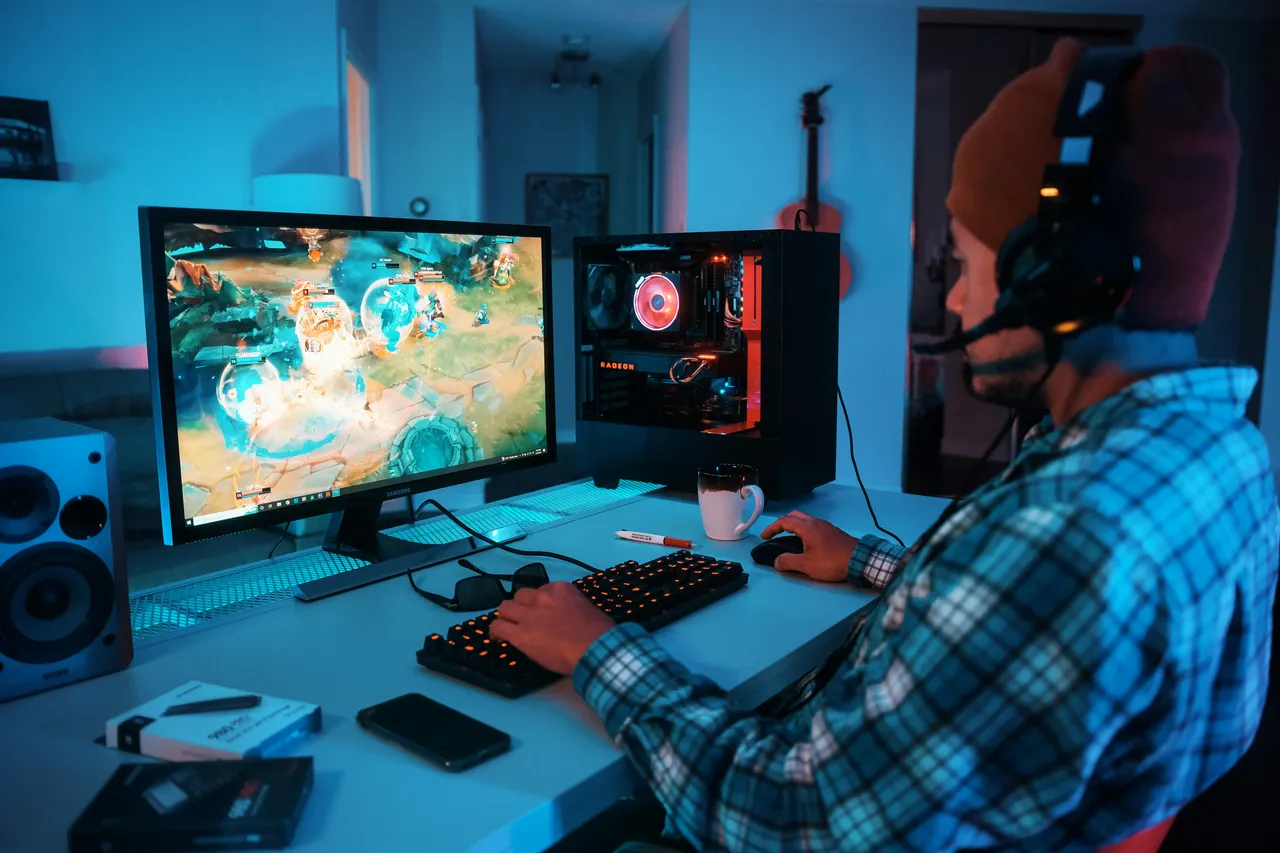The Impact of Sound Design in Video Games: An In-Depth Look
Exploring the pivotal role of sound design in video games and its profound impact on player experience. Sound design is not just an auditory embellishment but a core aspect of immersive gameplay, enhancing everything from storytelling to player feedback.
The Essence of Sound in Gaming
Sound design in video games goes beyond mere background music; it encompasses every auditory element that players experience. From the footsteps of a character walking on different surfaces to the ambient sounds of the environment, sound design adds depth and realism to the digital world. It is a critical component that can significantly enhance the emotional impact and immersion of a game. Through carefully crafted soundscapes, developers can create a more engaging and believable world, making the player’s experience much more intense and personal.
The importance of sound can also be seen in how it affects gameplay. Audio cues can provide essential information to players, guiding them through levels, warning them of dangers, or indicating the status of in-game elements. This feedback loop is crucial for creating a responsive and interactive gaming environment, where players feel directly connected to the actions on the screen.
Storytelling Through Sound
Sound design is a powerful storytelling tool in video games. Through music, voice acting, and ambient sounds, a game can convey emotions, build tension, and enhance narrative moments without a single line of text. The right melody can celebrate victories, underscore losses, or evoke the specific atmosphere of a game’s world, from eerie silence to bustling cities.
Voice acting brings characters to life, giving them personality and making their stories compelling. Ambient sounds further immerse the player, creating a sense of place that visuals alone cannot achieve. Together, these elements work seamlessly to tell a story that is both engaging and emotionally resonant, proving that sound is as critical to storytelling in games as graphics and gameplay.
The Technical Side of Sound Design
Creating an effective sound design is a complex process that involves a combination of creativity and technical skill. Sound designers must consider the acoustics of the environment, the directionality of sound, and how it interacts with the game mechanics. This requires a deep understanding of sound physics and digital audio technology, as well as a creative approach to making each sound unique and impactful.
Moreover, the implementation of sound in games has evolved with technology. The advent of spatial audio and surround sound systems has allowed for more immersive audio experiences, where the sound feels like it is coming from all around the player. This level of immersion is crucial for virtual reality games and enhances the gaming experience across all platforms.
The Future of Sound Design in Gaming
As technology advances, the potential for sound design in video games continues to grow. With the rise of virtual and augmented reality, sound will play an even more significant role in creating immersive and interactive experiences. The future may see innovations such as dynamic soundscapes that change based on player interactions or AI-generated sounds that adapt to game scenarios in real time.
The ongoing development of sound technology and creative approaches to sound design will undoubtedly shape the gaming experiences of the future. As players demand more immersive and realistic games, the role of sound in creating these experiences will only become more crucial. The exploration of sound in gaming is far from over, and its impact will continue to be felt in ways we can only imagine.
This article was developed using available sources and analyses through an automated process. We strive to provide accurate information, but it might contain mistakes. If you have any feedback, we'll gladly take it into account! Learn more

